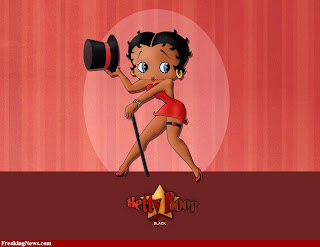Erickson, Steve. “Neil Young On a Good Day.” New York Times-Sunday Magazine. July 2000. Web.
This source will help me provide examples of Neil’s character, and I will then relate that to how Neil is hip. The article talks about all the idiosyncrasies Neil has and also how he can be a trickster figure. For example, Neil fired his Buffalo Springfield manager only to ask him to secretly manage his solo career.
This Mojo article tells of Neil’s journey into older age and how he has had to deal with ambiguity within the music business. The article asks the question, “ Does a 60-year-old still have any place in the wild frontier? Whatever the answer is, Neil will do the opposite.
Leland, John. Hip: The History. New York: HarperCollins, 2004. Print.
I will use Leland as a reference point for hip, mainly using ideas about the trickster figure and identity. Leland claims that there is a mythology built around personal identity and I will use Neil Young as the example. Neil has many pseudonyms that allow him to try on different personas.
McDonough, Jimmy. Shakey; Neil Young’s Biography. New York: Anchor Books, 2002. Print.
Neil Young’s biography will serve as a reference point of Neil’s career and I will highlight the hippest points as well as why he will remain hip in the future. There are countless stories about how Neil likes to provoke his audience, which is a trickster move.
Simmons, Sylvie. “Be there, be there now, be in it.” MOJO Feb. 2011: 74-90. Print.
This article has many examples of Neil’s influence on past and future generations. There is a small interview with Young that gives insight into how Neil works. I plan to reference quotes from people who have been influenced by Young.
This article has great examples of Neil’s attitude in general. He wasn’t in the business to make money; it was always about the music. The main point I will use is that Neil was environmentally conscious, even in the 70’s, and used his status to raise a bigger awareness.
